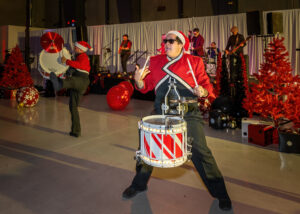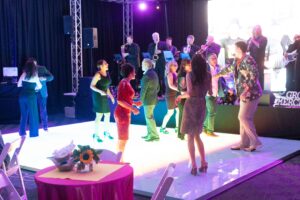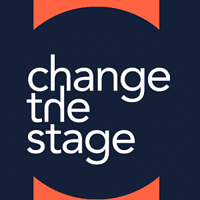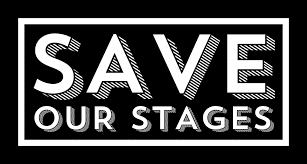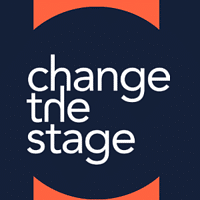Why You Need to Break Your Event Assumptions.
As a professional speaker, I have the opportunity to attend a lot of events and conferences. While they all differ in scale, audience, locations, and cultures, they almost all share certain elements.
For example, the flow is the same at most events. Attendees arrive at a certain hour, register at the welcome desk, get a name badge, and get a coffee before gathering in a large room for the keynote presentation. That’s usually followed by some extra plenary presentations or workshop sessions, then lunch, and then more workshops in the afternoon. At the end of the day, attendees gather again for the closing keynote. The organizer expresses some words of thanks and invites everybody to have a drink and network.
There’s nothing wrong with this flow, but there may be other ways to organize the event that could have a huge impact on the attendee experience. What would happen if you broke the assumption on how the flow is supposed to happen?
What other assumptions do we hold about our events? One way to find out what things we accept as true or necessary—but that may not be either—is to look at what events have in common. It’s likely that 90 percent start and end at the same time and feature keynote speakers, for example.
Then see if you can find an event that did that element differently. I have found 21 common event assumptions, and some ways to break them. Here are a few examples:
• One stage, one speaker

At most meetings, you have one main speaker on the stage that everyone in the room listens to. But imagine having many speakers presenting from different points in that big ballroom, and audience members can choose which story they listen to by switching channels via their wireless headphones.
This exists! I had the opportunity recently to be one of four speakers taking part in one of these “silent conferences.” While it was a great experience, it also was very hard for the speakers because we had to compete for attendees’ attention. And it was hard for the participants because they had to divide their attention. But after the first round, it got easier for both sides.
To Read More of this article Today’s guest post is by speaker and author Cyriel Kortleven.


